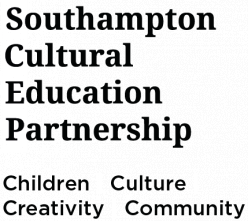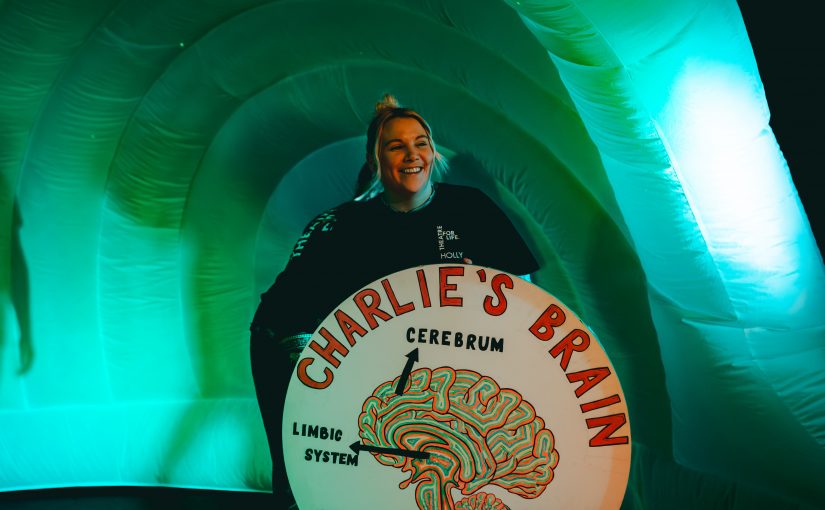By Rosanna Sloan
Rosanna is the Interim CEO at The Arts Development Company and the SCEP Steering Group lead for Health and Wellbeing.
Creative Health is the practice of using culture and creativity to improve people’s health, wellbeing, and quality of life. You may have heard of dance classes for those with Parkinson’s disease or music therapy for dementia patients, but Creative Health supports people of all ages. Many cultural projects for children and young people have direct or indirect benefits to their health and wellbeing, and so, you may be working in Creative Health without even realising.
“When we remember the WHO definition of health, which states that health is more than merely the absence of disease and infirmity, but the attainment of the highest level of physical, mental and social well-being, then the value of the arts becomes apparent.”
WHO Arts & Health Lead, Christopher Bailey
We are currently facing a mental health crisis for children and young people.
It is a sobering statistic that there is a 50% increase in the likelihood of a young person having a mental health problem. 50%. The effects of the pandemic, exam pressure, social media and so on are having a tangible impact on the wellbeing of young people. It is concerning that 34% of young people who get referred to the NHS for treatment are not accepted. Our health facilities are struggling, and this is where the arts can help.
Social Prescribing
Social prescribing is when an activity or service is ‘prescribed’ instead of, or in addition to, medication. It is an area that needs further demystifying for arts organisations. There are, in some areas, dedicated Social Prescriber or Link Worker roles that prescribe activity to support a patient’s recovery.
“Our measures should reflect this holistic approach, focusing not solely on reduction of symptoms but on how the arts may help us cope, achieve our potential, be productive, and active members of a community.”
WHO Arts & Health Lead, Christopher Bailey
What I am seeing as I delve further into the research and on the ground delivery of Creative Health, is that these two distinct sectors need a translator to bridge the communication void between them. The two sectors use different terminology and the funding systems behind creative health from the healthcare sector are not clear. However, there are organisations that are trying to support this, including the organisation I work for The Arts Development Company.
Creative Health is—as demonstrated across many research papers—a highly successful and cost-effective way to improve a person’s health. It allows people to live happier, longer, more fulfilled lives, which in turn reduces strain on healthcare services. And so, it is an area that more arts organisations need to tap into.
What can we do?
As arts budgets are being reduced, we need to tap into the funding streams for Creative Health and identify projects that deliver health benefits for its participants. In our SCEP newsletters, we already see many examples of our members working in this area, but how can more of us get involved?
“We know that time is an important factor in establishing good programmes, so we must work together as a sector to ensure our services have longevity.”
We need to read up and be engaged in the conversations and research papers around Creative Health. We need to find a way to collaborate with health services and each other to create multi-year projects that are effective and provide stability for those that need them. Too often, wonderful projects happen, they support their participants for a short time, and then a lack of funding spells the end of all that work. We know that time is an important factor in establishing good programmes, so we must work together as a sector to ensure our services have longevity.
In addition to this, we should keep our eyes open to examples of best practice for people of all ages and question the health outcomes of our projects so we can provide data for future potential funders. We should use the right language and take advantage of the excellent work that has been done already in this area, for example using the Creative Health Framework as a way to consider and plan Creative Health projects.
As the SCEP Steering Group lead for Health and Wellbeing, I would welcome any of our members to get in touch to connect on your Creative Health projects and your interest in this area.
Further Reading:
Creative Health Quality Framework
Creative Health: The Short Report

